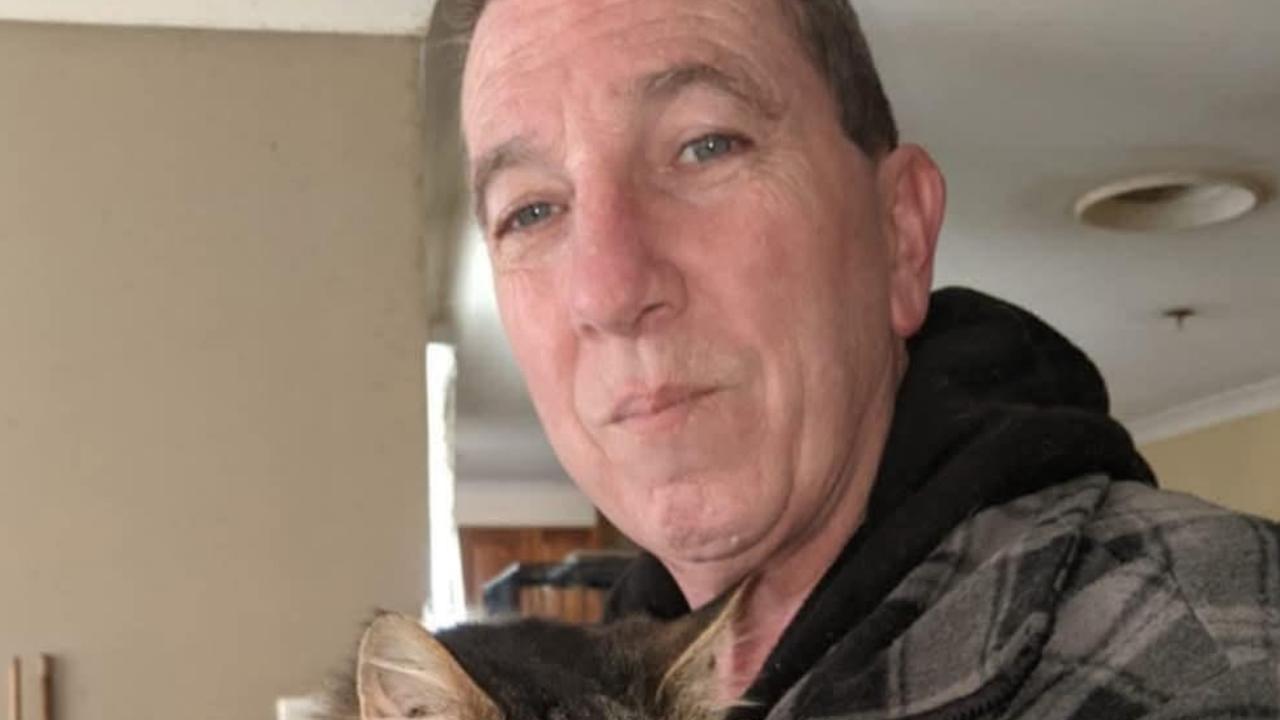Liverpool mosquito outbreak contained at Sydney Water Liverpool Water Resource Recovery Facility, Warwick Farm
The “primary source” of a mosquito outbreak in southwest Sydney has been contained following a two-week blitz to remove a prohibited weed from a 20-hectare site.
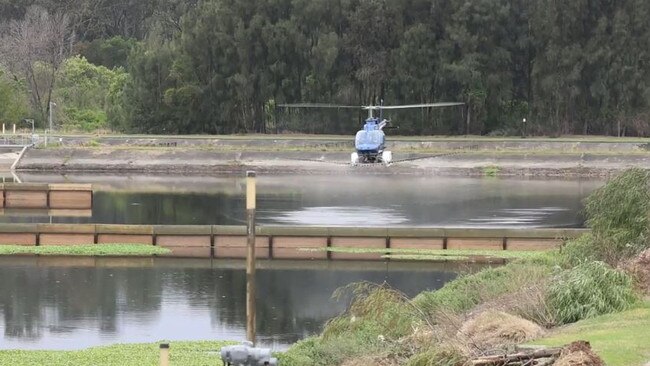
Liverpool
Don't miss out on the headlines from Liverpool. Followed categories will be added to My News.
The “primary source” of a mosquito outbreak in southwest Sydney has been contained following a two-week blitz to remove a prohibited weed from a 20-hectare site at Warwick Farm.
Sydney Water has revealed nearly 100 per cent of the weed frogbit was removed from its Liverpool Water Resource Recovery Facility using excavators, sucker trucks, boats and a helicopter while larvicides were also sprayed.
The origin of the recent outbreak, which left residents and businesses at their wits’ end and stripped supermarket shelves of bug spray products, was discovered last month when a Liverpool Council officer and mosquito expert Cameron Webb conducted an inspection.
They found the Sydney Water Liverpool recycling plant was the “primary source” of the outbreak in the Chipping Norton area.
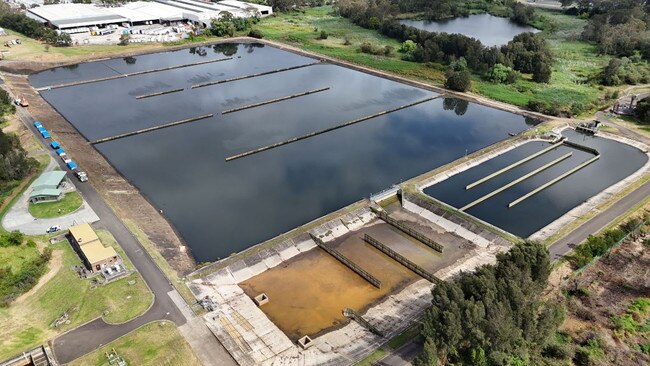
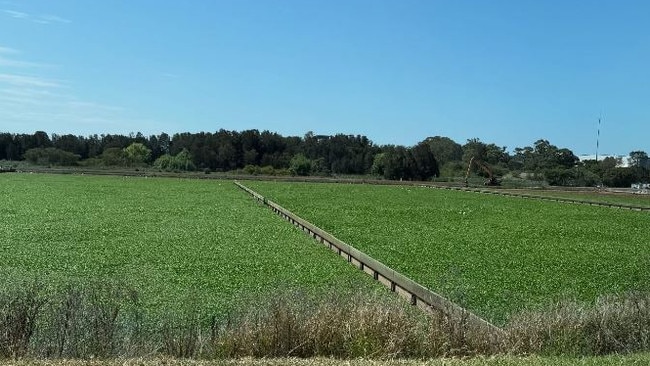
The settlement ponds in the plant had been completely covered by a weed called frogbit, which provided ideal conditions for mosquitoes to breed, and an “exceptional number” of larvae had been discovered.
Sydney Water’s Water Resource Recovery leader Sally Rewell said the issue had now been contained after crews worked “tirelessly day after day to eliminate the mosquito habitats and treat breeding areas”.
“Through our targeted treatment plan, combining vegetation management and control agent treatments, we saw results straight away,” she said.
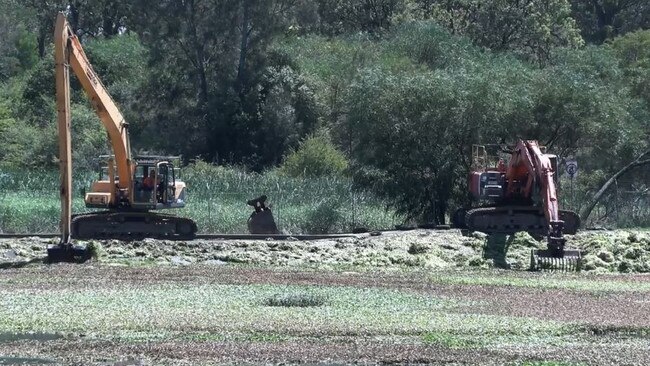
Since November 8, field assessments at 10 of the 12 treatment sites have shown a 98 per cent reduction in mosquito larvae.
“In areas where frogbit vegetation persisted, mosquito larvae counts dropped from 400 to nearly zero,” Ms Rewell said.
“Field surveys have confirmed the amount of airborne mosquitoes around the plant has reduced by over 90 per cent. We expect a further reduction over the next two weeks.”
Sydney Water claims mosquito trapping by Liverpool and Bankstown councils and the Liverpool Public Health Unit showed mosquito numbers beyond the 2km radius of the recycling plant aligned with seasonal expectations and were not linked to the outbreak at its facility.
Liverpool Mayor Ned Mannoun acknowledged that Sydney Water acted to resolve what turned into a “massive logistic effort” but did not start taking action until the council reported concerns on October 31.
“It’s disappointing Sydney Water allowed its eight-hectare settlement pond to become overgrown with the prohibited plant frogbit, and create a breeding ground for mosquitos,’’ he said.
Mr Mannoun said the ordeal has been a “massive undertaking by council” and despite mosquito numbers decreasing, the insects are still “quite high” within the 2km of the Sydney Water facility.
“The problem for surrounding suburbs has been exacerbated by mosquitoes originating from the Sydney Water site breeding in other habitats such as neglected swimming pools and stands of still water,” he said.
“Council is continuing to work with property owners to address these secondary breeding areas and is continuing its spraying program at council facilities.”
NSW Health Pathology Associate Professor Cameron Webb said adult mosquito numbers had also dropped since last week’s collections because of ongoing weed removal and larvicide treatments in the oxiponds.
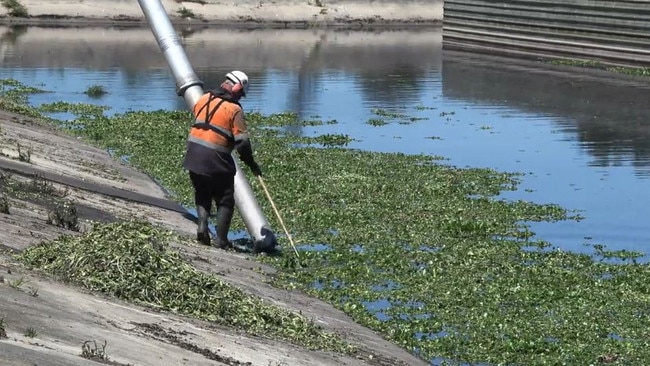
“Larval sampling in the oxiponds recorded a further decline in mosquito abundance and an approximate further 50 per cent reduction from last Wednesday,’’ he said.
The announcement comes Mr Mannoun demanded Sydney Water compensate residents affected by the mosquito explosion, saying the state-owned corporation “should be condemned” over the swarms.
At Wednesday’s council meeting, Mr Mannoun called for Sydney Water requested a detailed report from the state government on “how this happened and how it will be prevented in the future”.
“The compensation should be monetary as people are spending hundreds and hundreds of dollars on mosquito repellent when they shouldn’t have,” he later told this publication.
A Sydney Water spokesman said the corporation would “support customers living close to the Liverpool Water Resource Recovery Centre”, but did not specify how.




